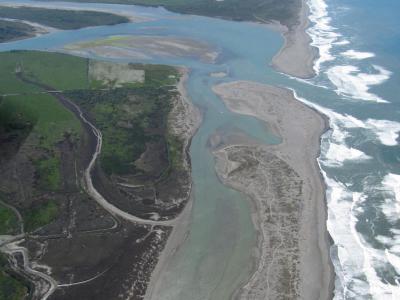Life-cycle Modeling to Inform Conservation, Restoration, and Recovery Planning
Session Coordinators:
Thomas Williams, NMFS Southwest Fisheries Science Center
Brian Cluer, NMFS West Coast Region
Overview: Life-cycle modeling can inform and provide context at landscape scales to address salmon and steelhead conservation and restoration decisions. Having an appropriately designed and spatially relevant life-cycle model provides a tool to evaluate impacts or options of various conservation, restoration, and recovery decisions including habitat loss or modification, discharge, water temperature, etc. This session will feature presentations that will illustrate how life-cycle models can provide context and understanding of impacts resulting from actions or modifications on ecological processes beyond site-specific or life-stage specific evaluations.
The Right Side Channel, at the Right Time: Using Life-cycle Analysis and Interdisciplinary Design to Build Resilient Side-channels on the Clackamas River
John Esler, Portland General Electric
Coho Life History Modeling in Coastal Northern California
Gabe Scheer, Humboldt State University
Illuminating Population Consequences of Disparate Survival and Behavior between Hatchery- and Wild-origin Chinook salmon: the Role of Salmon Life-cycle Models
Michael Beakes, Ph.D., NMFS Southwest Fisheries Science Center
When are Population Models like Blimps? How to Avoid Fatal Flaws by Proper Model Selection
Frank Ligon, Stillwater Sciences
The Black Box for Salmon Survival: Changing Perspectives on Marine Survival and Implications for Life-cycle Models
Cyril Michel, Ph.D., UCSC/NMFS-SWFSC
Incorporating Life-history Diversity into Estimates of Skagit River Chinook Salmon Production
Corey Phillis, Ph.D., NOAA Fisheries contractor—Ocean Associates, Inc.

